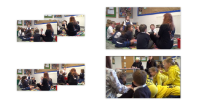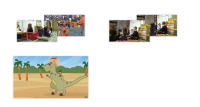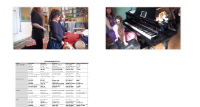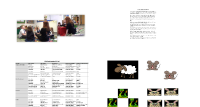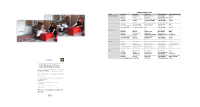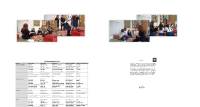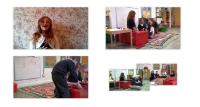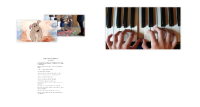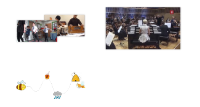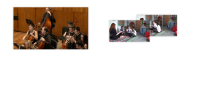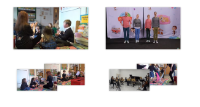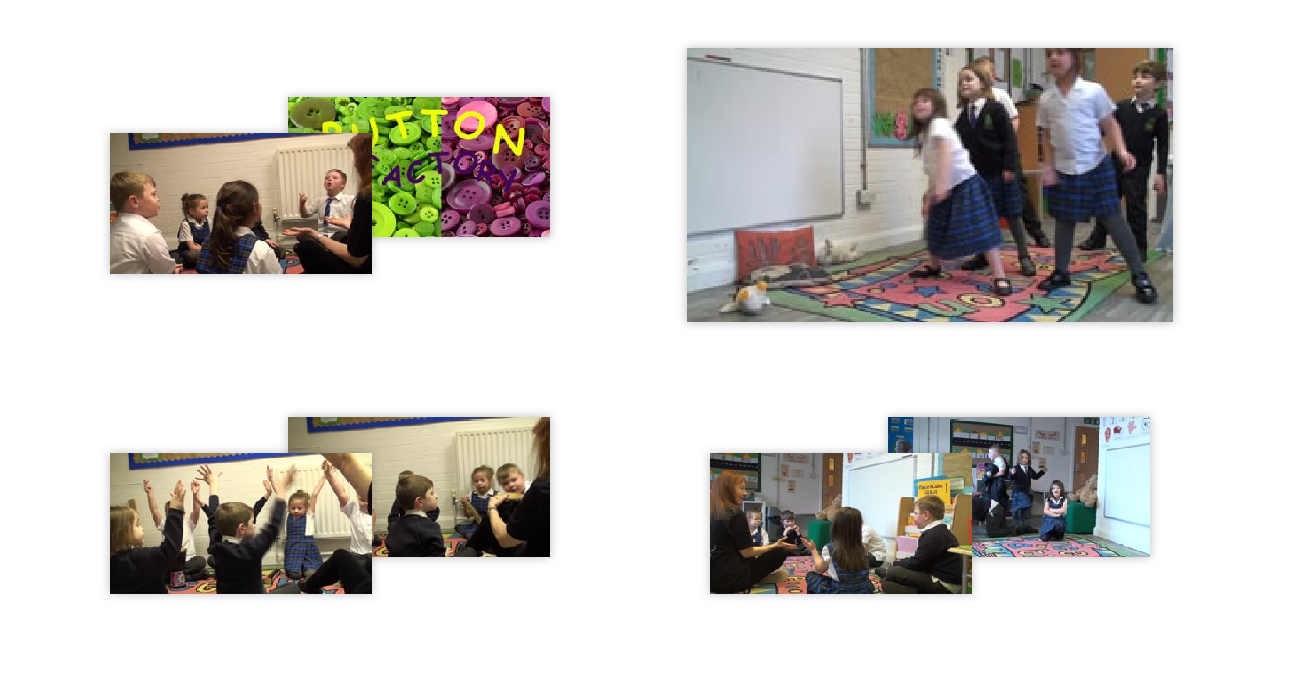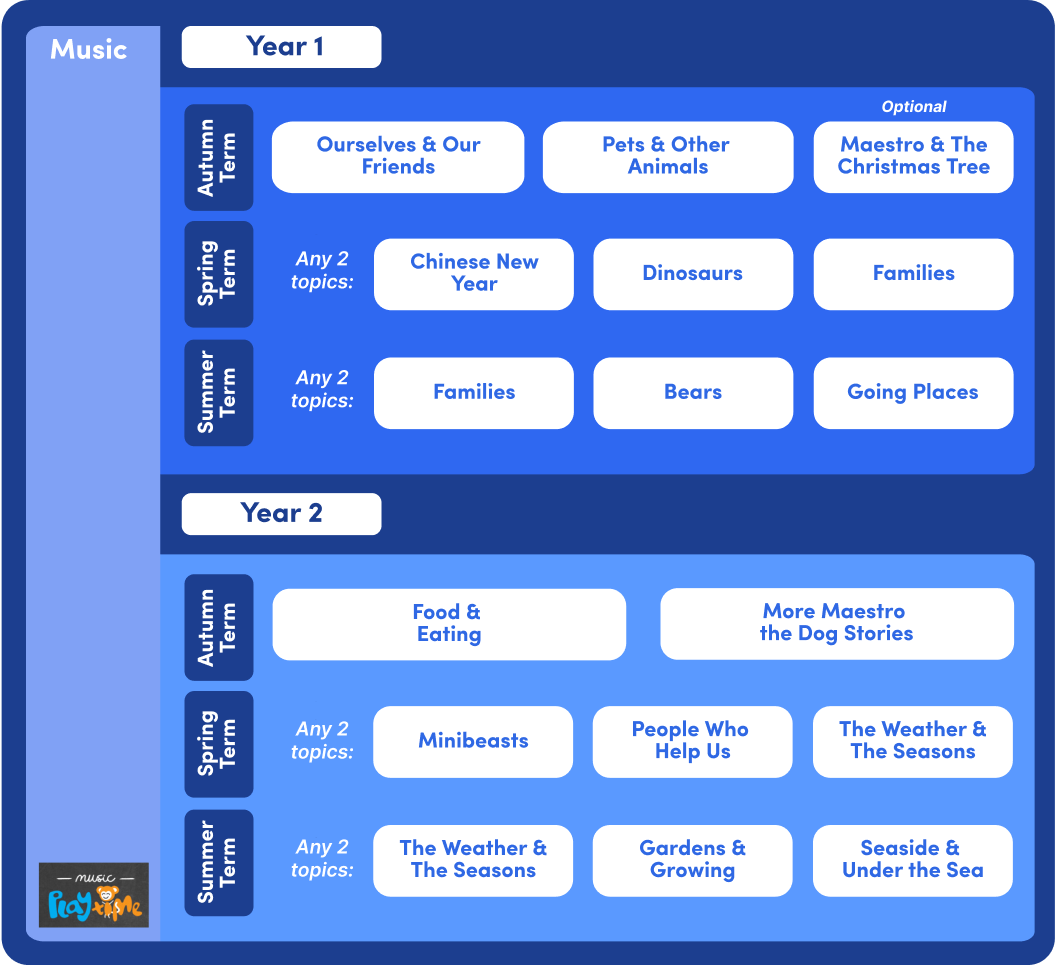Ourselves & Our Friends Level: Key Stage 1
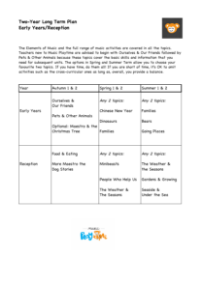
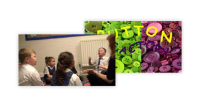
Hello Everyone at Forton School! (pitch, structure)
Meet the Key Stage 1 children of Forton School! Singing makes a good starting point because it's a core activity in music and a useful vehicle for teaching important skills such as tapping a pulse and clapping a rhythm. This was our very first song in the very first session and there were one or two things to sort out - keep watching because there's a huge transformation! Some of these children have potentially good voices, as you will hear once they understood what was needed.
My main priority was to establish how to sing with a good sound, using Mrs Crocosaurus's advice. The song is called Hello Everyone and I'm teaching it using First Me, Then You. Simply asking kindly for singing that is in tune and not too loud brings about a huge difference that I'm able to praise! Similarly, when we were tapping the pulse on knees, I asked the children to keep in time with me - and they did. Asking children to watch helps them to co-ordinate their movements with what they see, and to associate the movements with what they hear.
- Hello everyone, how are you?
- Hello everyone, how are you?
- Hello everyone, how are you?
- How are you today?
Hello Everyone, with Actions (structure)
Doing More Actions
The children can learn about the structure of the song by doing actions, or a dance, to it. Doing a different movement to each line of the song helps the children to understand the four-line structure, and also that each action may be done four times to go with the pulse and with the length of the phrase. The children need to be in pairs, in a circle, facing their partner.
- Hello everyone, how are you? - shake hands with your partner (4 shakes)
- Hello everyone, how are you? - 4 pat-a-cakes with your partner
- Hello everyone, how are you? - Shake hands with your partner
- How are you today? - wave to your partner (4 movements)
Alternative Actions
Divide the class into two halves (you don't need exactly equal numbers). Either outside or in the school hall, Group 1 stands at one end of the space, facing Group 2 at the other end.
- Group 1 sings - Hello everyone, how are you? - wave to Group 2
- Group 2 sings - Hello everyone, how are you? - wave to Group 1
- Everyone sings - Hello everyone, how are you? - clap in time
- Everyone sings - How are you today? - bow to the other group
Help a Friend Day (PSED link)
You could have a day when every child is allocated a particular friend or family member to help for the day. Then you can sing this song to the same tune as Hello Everyone:
- Hello everyone, how can I help?
- Hello everyone, how can I help?
- Hello everyone, how can I help?
- How can I help today?
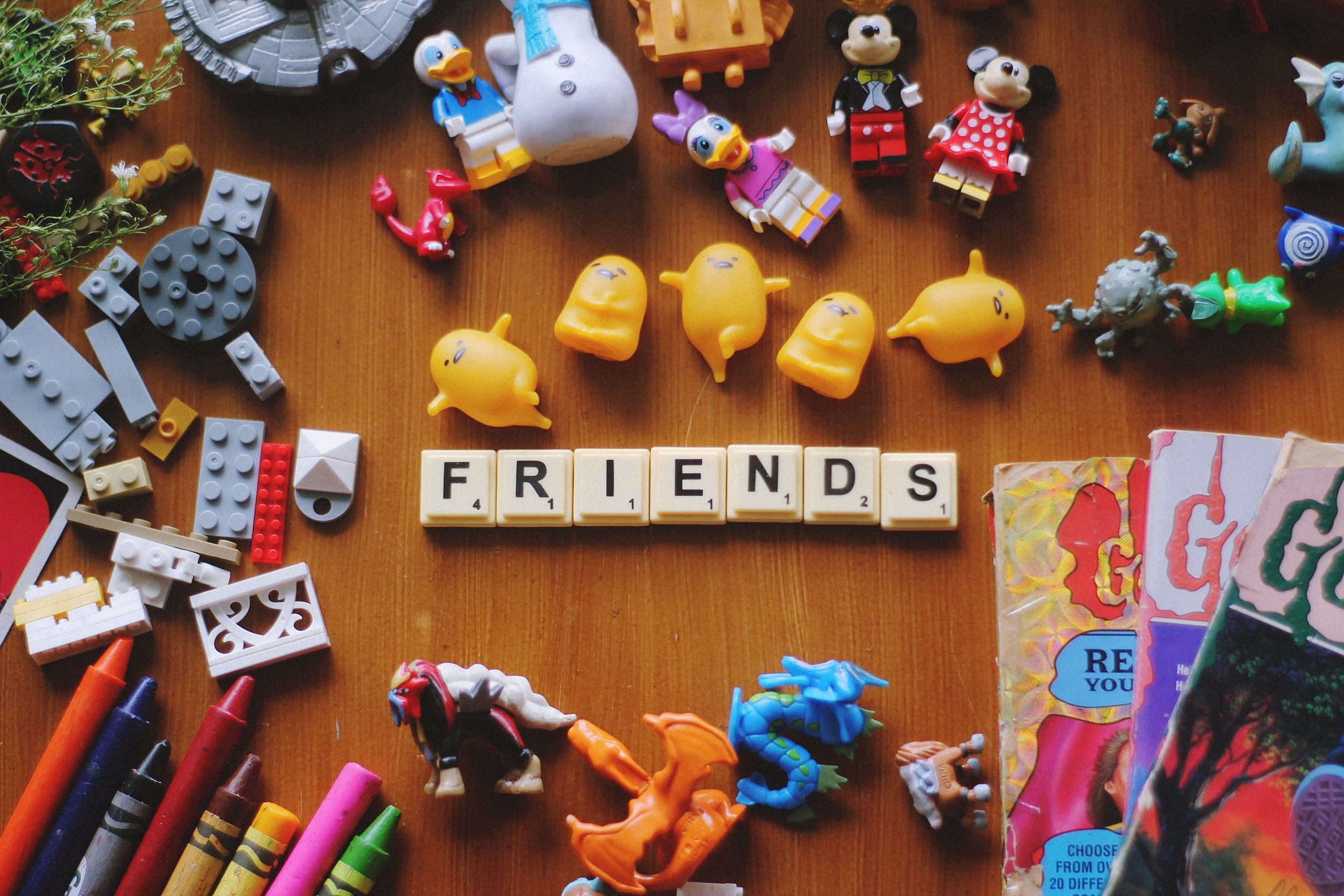
Introducing Luchia, our singer!
I'd like you to meet Luchia Law next, the singer on virtually all the solo audios. Here she is performing Button Factory Joe and, in case you are wondering how she can do all those actions at the same time, you may like to know that Luchia is also a dancer! Most of the songs lend themselves to mime, which you can see Luchia doing here. Mime is great fun, it helps with understanding the meaning and character of a song and the children can do it with, or without, singing the words.
Button Factory Joe Activity
Children love to learn to say this, along with doing the actions - they could make a start by watching the video and copying the actions. You may need to bring to the children's attention that Luchia is saying the words and doing the actions in time with the pulse of the music, introducing the phrase, 'backing track', meaning pre-recorded accompaniment.
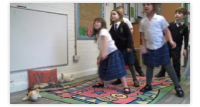
Left, Left!
A chant for remembering left and right, and for practising walking in time. This chant was taught to me by a childhood friend, Ann and we used to chant it while walking to school! The children could first practise copying you as you walk in time saying the words and it's a good rhythmic chant to do outdoors as a playground game or PE warm-up. As you will see from the video, it's a bit of a challenge for some children (and teachers!). Try it in the playground, first on the spot with your back to the children, and then walking in a line, keeping the children spaced out so that the can see your feet.
- Left, left
- I had a good job and I left
- I left because I knew it was right
- Left, right, left
Today I'm going to Meet a Friend
This is sung to the tune of Here We Go Round the Mulberry Bush. Even if the children are familiar with the tune, you'll to teach it using Firstme, Then You as in the Hello Everyone Song that I demonstrated in the Introductory Activities section. It's important to listen to whether the children copy the pitch correctly - if they don't, just ask them to really listen and match their voice to yours and they will soon improve. Many children have never been asked to sing in tune and the concept may be new to them.
- Today I’m going to meet a friend
- Meet a friend, meet a friend
- Today I’m going to meet a friend and
- We’ll be friends together.
- Today I’m going to play with my friend
- Play with my friend, play with my friend
- Today I’m going to play with my friend and
- We’ll be friends forever.
Extension - knee tapping
This is a good song for tapping on knees in time to the pulse, which can be done either sitting on the floor or sitting on a chair. Tap on the strong beats, like this:
- To-DAY I'm going to MEET a friend
- MEET a friend, MEET a friend
- To-DAY I'm going to MEET a friend
- And WE'LL be friends to-GETH-er
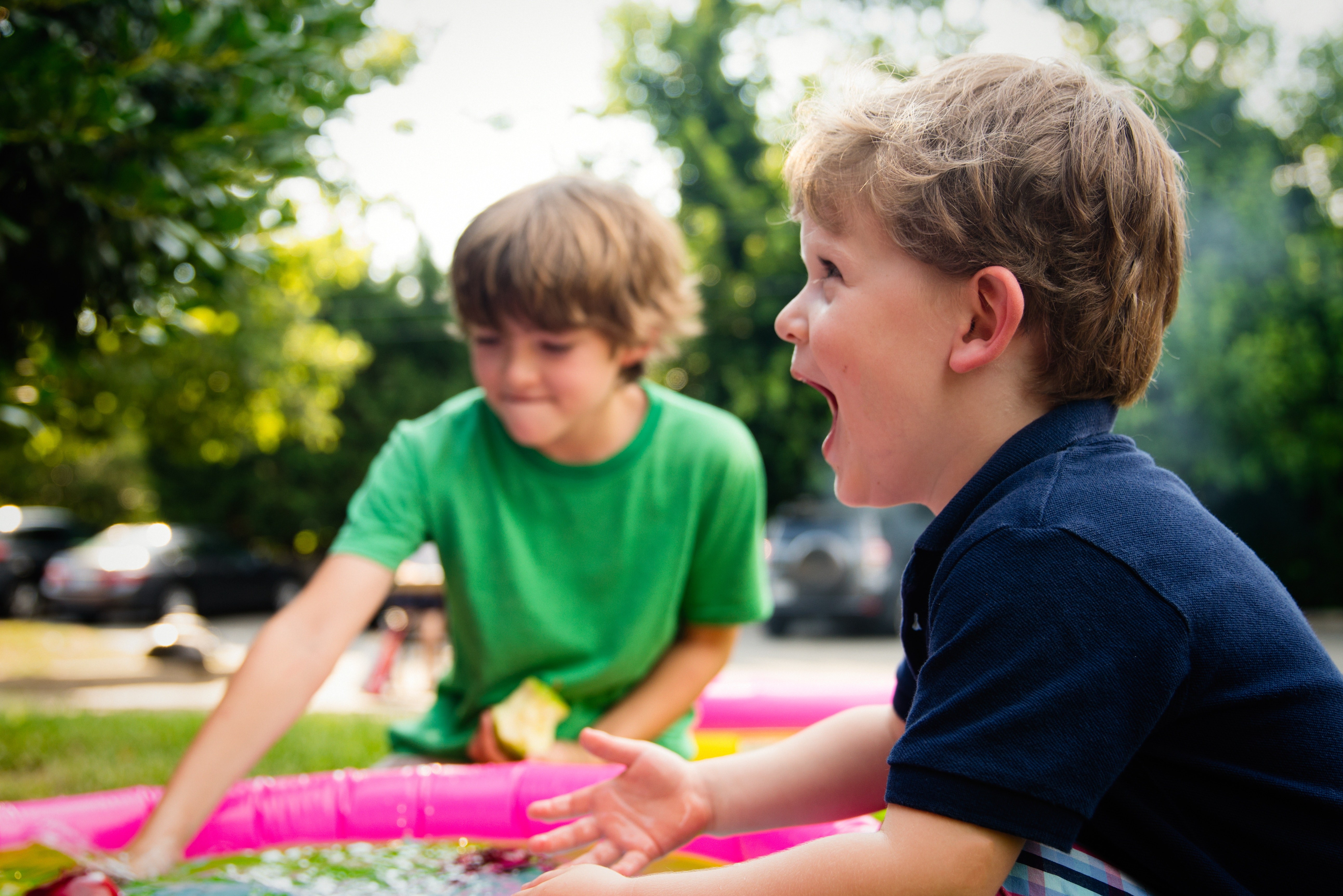
Find a Friend!
This song has the same tune as This Old Man. The words, They'll be good to you have next-door pitches, moving higher note by note (a scale) so they are a bit tricky to sing in tune. You'll probably need to teach this line slowly and ask the children to listen carefully to whether their voices are finding the right notes.
- Find a friend, say 'Hello!'
- Help to make your friendship grow
- Be good to friends, and they’ll be good to you
- Find new friends, keep old ones too!
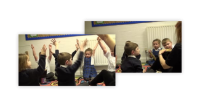
General Behaviour Management in Music
Music, obviously, is all about making sounds, not about keeping quiet, so things could get a bit too noisy if we don't establish some music-specific rules. I expect everyone to join in eventually but I try to be sensitive to the fact that not all children are confident with their voices - after all, they are still 'growing' them! Moving to music is also a relatively new skill for children. In terms of talking, we do need to talk about music. With a large group, I like discussion but I explain that's it's not polite to speak when anyone else is talking, and I ask for 'hands up'. In a small group, I mostly tell the children they are free to ask and answer questions without putting hands up - I prefer a conversational working atmosphere.
Starting to Use Instruments
It's possible that some of the children may not have used musical instruments before and they will be very excited when you first let them loose with them! You'll need to establish, in particular, a rule for when to stop playing and put the instrument down. My rule is very simple - when I put my hands in the air, the children put their instruments down and copy me.
Help With How to Play Instruments
Children need help with how to play the instruments. If you experiment with the instruments before using them with the children, you'll be better placed to show them how to get the best sound. Then the children need to explore the instruments, to discover what they do. Here, one of the children had chosen to use the djembe drum and I'm explaining how to play it:
'Body' sounds and 'Found' sounds
Voices and body sounds such as clapping hands and tapping on knees are the most natural ones and we can do lots of great work just with these, which can later be transferred to untuned and tuned instruments, or as a basis for starting to use technology .
Your Sing-Song voice
You need to use your sing-song voices for the next activity Here's an explanation:
Our Friends' Names (rhythm, pitch)
Everyone sits in a circle. The teacher 'sing-songs' the name of each child, and all the children sing it back. Next go round the group again, singing each name and, straight after the children have sung it back, clap the rhythm made by its syllables. The children clap the rhythm back:
- Jon-a-than (clap clap clap)
- Andrew (clap clap)
- Tom (clap)
Roll the Ball Names (rhythm, pulse)
You need a big, soft ball for this game. Practise name-singing and clapping until the children understand and can join in successfully. Next, everyone sits in circle. Roll the ball towards any child; everyone sing-songs that child's name and then claps it. The child rolls the ball back to you and you roll it to the next child. Aim to keep going with a steady pulse (no waiting in between rolls of the ball and no rushing) until every child has had a turn.
Chrome Music Lab Names
Chrome Music Lab is such a great introduction to music technology that you'll want to use it again and again - oh and you might let the children have a go too! In small, supervised groups, the children could experiment with Chrome Music Lab to invent their own name 'signature tune'. They need to be able to say, rhythmically, My name is Flo-rence (or whatever it is) then input that many blocks - five in this example. To save each name tune, click the SAVE tick (bottom, right corner) and then click DOWNLOAD WAV. Here's my name tune, to the words, My name is Sandy:
My Chrome Music
Chrome Music Lab is so simple to use and, amazingly, it's free! The children can create longer pieces of music which you can save as mp3 sound files like the one below. They can also download graphic scores of their music for you can save. You can even produce a conventional music score if you download the midi file. It took literally a few minutes to create this music:
This is the graphic score for my music

Access Chrome Music Lab here:
https://musiclab.chromeexperiments.com/ then click on the first box.
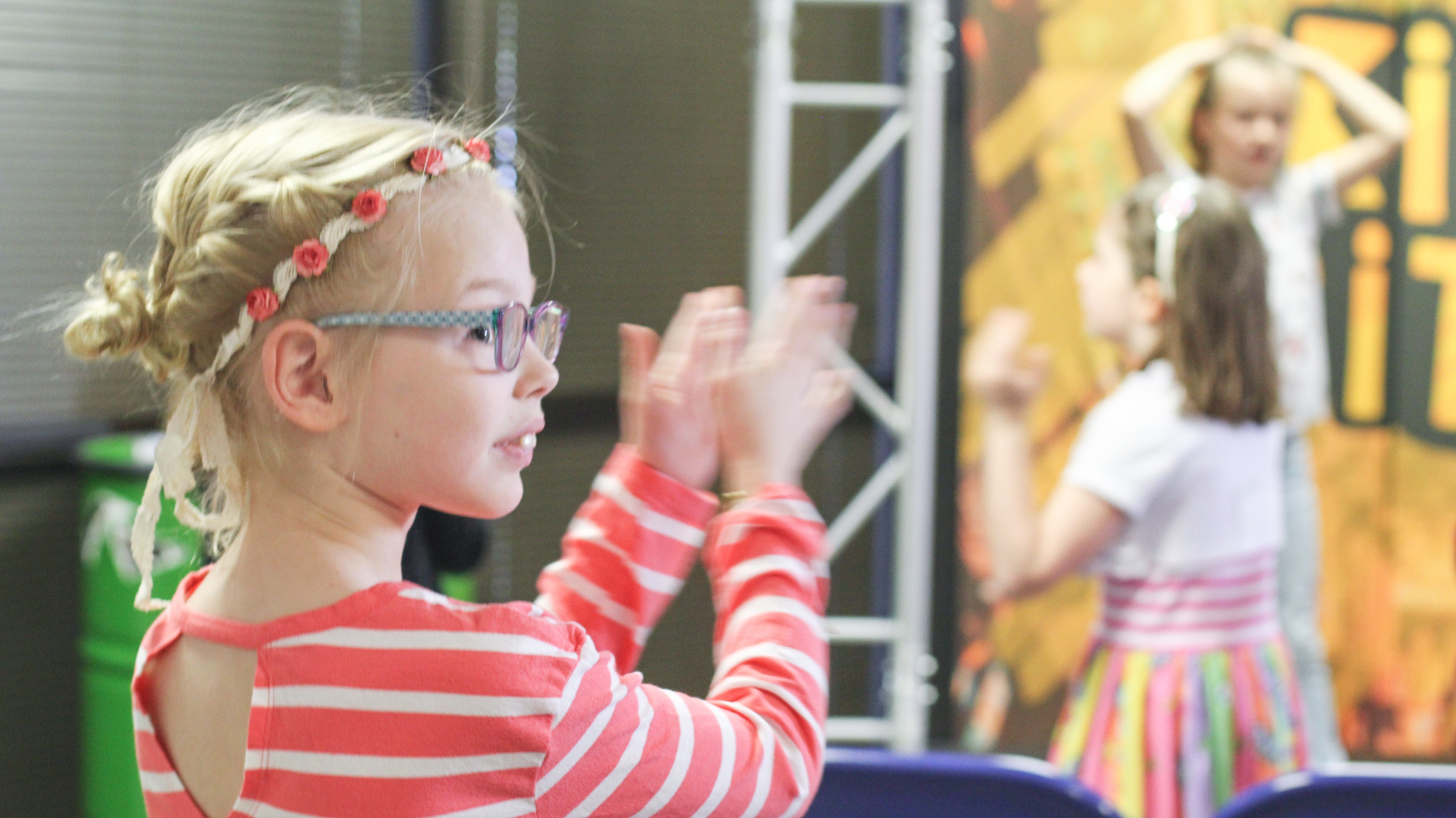
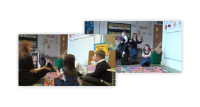
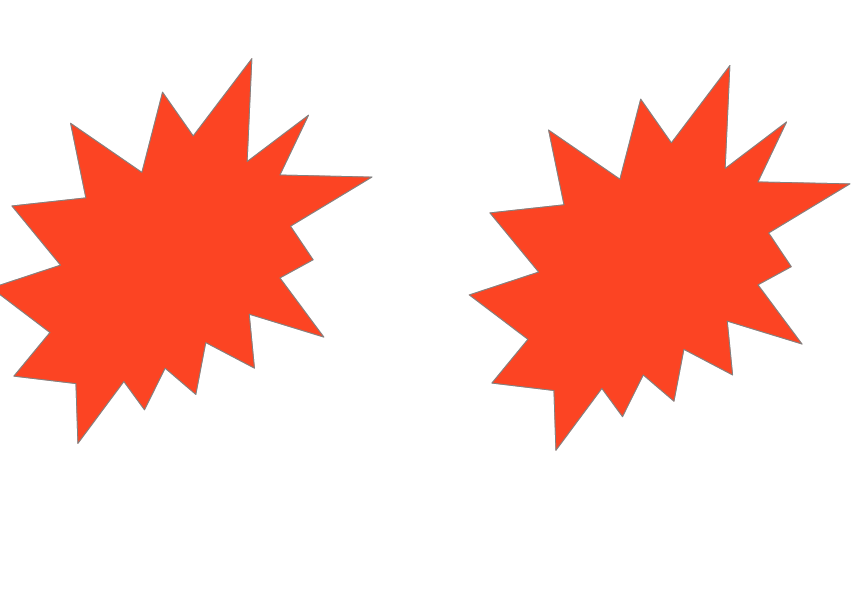
Friends' Name Clapping Cards (rhythm, pulse, structure)
Clap a Name (rhythm)
Beforehand, print out the Name Clapping Cards. First, practise - the teacher sing-songs and claps any child's name, then holds up the corresponding card with the right number of shapes while the children copy the clapped rhythm. (eg Sa-cha has two shapes, Jay has one).
If you have printed out a set of cards for each child, the next game is for you to clap the rhythm and for children to hold up the card they think goes with it. An alternative, should you be in circumstances where it is safe to do so, is to put one card in each corner of the room - the children go from corner to corner as you tap each name pattern on a drum.
Name music (pulse, structure, tempo)
You need a big space for this activity, such as a school hall. With the children divided into small groups, put a set of Name Clapping Cards out for each group, in a line, in any order. The children make up body percussion (actions-with-a-sound) to go with the number of shapes (Jump once for one, stamp twice for two, and so on). Repeat the pattern with a steady flow of sound, then try it quicker, then try slower.
Instrument Name Cards (rhythm, timbre, structure)
I like to have interesting instruments if possible, such as the World Rhythm Pack made by Percussion Plus. You need an untuned percussion instrument for every child so, if you don't have enough, home-made ones are fine, such as claves (which are actually just pieces of wood to hit together!). First explore the instrument names with the children, identifying those that have the same rhythm eg drum and claves (one syllable), chime bar and wood block (two syllables), tam-bou-rine and tri-an-gle (three syllables).
Now the children, in their groups, use instruments instead of body percussion. Each child plays their instrument in the order in which you put the cards. You will need a way of keeping the playing steady; it will sound much better if you say the words and keep a steady pulse yourself, on a drum. This is possible example of what a group of four might play first:
- claves = 1 sound
- chime bar = 2 sounds
- tam-bou-rine = 3 sounds
- fin-ger cym-bals = 4 sounds
Then you can mix up the order of the cards. The children might play this instead and you can ask them which order they preferred:
- chime bar = 2 sounds
- tam-bou-rine = 3 sounds
- fin-ger cym-bals = 4 sounds
- claves = 1 sound
Two Bits of Advice for Using Instruments!
Minimise Sound levels
Establish sensible sound levels - a whole class of children playing instruments can reach a decibel level loud enough to cause hearing damage. Have groups of children working either at different times or as far apart as the room allows - distance mimimises the effect of noise levels so use the school hall, if possible, for group instrumental work within a whole class situation.
Put It All Away
Always allow time for the children to tidy up. This can be fun if you teach a little tidying-up song. In this video I see that not everyone is singing to begin with - it was the first time the children had used these instruments and they were more fascinated by them than by the song - but they are still listening and learning, which is clear from the many times we subsequently used the put-it-all-away song.
Time to Tidy Up!
The children taught me the song they already knew about tidying up! The tune is catchy but actually it's quite a difficult one for children to pitch accurately so, if you choose this one, you'll need to spend a bit of time teaching it a line at a time using First Me, Then You. I made a recording (below the video) to help you to learn it.
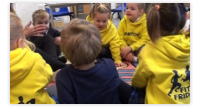
African Dance with Friends (rhythm & pulse)
Traditional African dances are led by drums and other percussion instruments. The dancers move in a big circle and the drums tell them what to do by changing from one pattern of sound to another.
Listen and Dance to the Drumming
The children could listen carefully first and put hands up when they hear a change in the drumming then dance freely, changing what they do if they hear the drumming change.

Market Dance (rhythm, structure)
This activity is easier if there are two teachers available, one to organise and demonstrate and the other to play the drum. First you need to teach the actions:
- walking in a big circle
- roly-poly hands above heads.
The Market Dance is danced in a big circle, accompanied by the teacher playing a drum. The best sort is the djembe drum (as in the picture), played with the hands but, if you don't have one, you can use any other sort of drum. Play the rhythm of the words as you say them in your head:
I WENT to buy a BIG blue hat, I WENT to buy a BIG blue hat … over and over again.
This rhythm means 'dance along in time'. The children dance, or walk, round in a big circle. Every so often, give a signal such as blowing a whistle (pre-agreed with the children) that they should stop because you are going to change to a different rhythm. Now play the rhythm of the words:
Diddy DUM, diddy DUM, diddy DUM, diddy DUM ... over and over again.
This rhythm means stand still and do roly-poly hands above your head. After a while, blow the whistle and start the first rhythm again, and so on.
Extension: You could introduce another instrument such as the tambourine, and a third action - maybe sway from side to side.
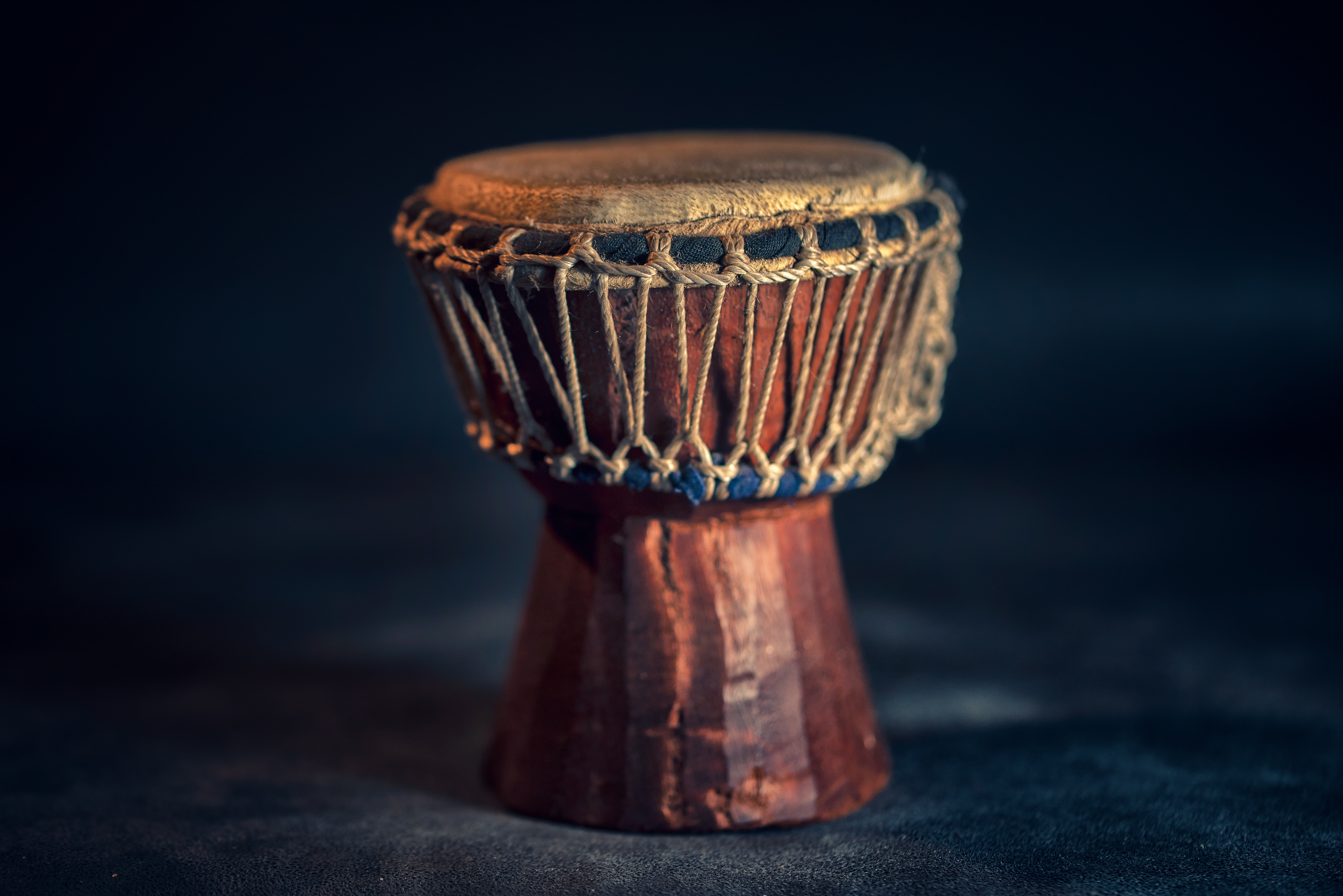
In Praise of Visiting Dance Companies
I learned the Village Dance during a professional development weekend in an unforgettable session with an African dance company called Lanzel. I later had this company deliver a session at the school where I worked and it was brilliant. It's difficult to over-estimate the value of visiting specialists and I recommend that you organise events like this as often as your budget allows.
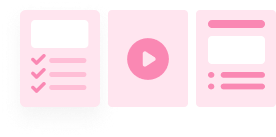
A Poem for Mrs Crocosaurus
... and a fascinating account of the history of the poem by the author, Christine F. Fletcher.
- If you should meet a crocodile
- Don't take a stick and poke him
- Ignore the welcome in his smile
- Be careful not to stroke him
- For as he sleeps upon the Nile
- He thinner gets and thinner
- And whene'er you meet a crocodile
- He's ready for his dinner

Our Five Senses (Science link)
Provide experiences for all five senses
Hearing: Go on an outdoor listening walk and record some sounds. Play them when you get back and guess what they were.
Taste: Bring in culinary items for tasting (parental permission and advice about allergies essential) in the complete range of flavours e.g. :
- BITTER – Kale, collards, mustard greens, parsley, endive, celery, arugula, grain beverage
- SALTY – Sea salt, tamari, miso, sea vegetables, sesame salt, umeboshi plum, pickles
- SWEET – Corn, cooked onions, squash, yams, cooked grains, cooked cabbage, carrots, parsnips, fruits
- SOUR – Lemon, lime, sauerkraut, umeboshi plum, fermented dishes, pickles
- PUNGENT – Ginger, garlic, raw onions, white radish, red radish, scallions, wasabi, spices
Touch: Set out a Touch Table behind a screen. Children have to identify a range of items by touch alone, with eyes closed.
Smell: Set out a Smell table behind a screen. Children have to identify a range of items by smell alone, with eyes closed.
Sight: A supervised, group experiment showing how two eyes help you better judge where objects are.
For the Sight activity, you need:
- Five coins
- Small paper cup or rinsed-out yogurt cup
- A table where two children can sit
What to do
Put a cup on the table in front of you, about 60cm away from your partner. Ask your partner to close one eye. Hold one of the coins in the air above the cup and move it around slowly.
Tell your partner that you'll drop the coin whenever he or she says, "Drop it!" The idea is for your partner — with one eye closed — to judge when the coin is over the cup so the coin will drop into the cup.
Give your partner two tries with one eye closed, then two tries with both eyes open. Which way worked best?

Book suggestion: My Five Senses by Aliki ISBN 006238192X Publisher Harper Collins
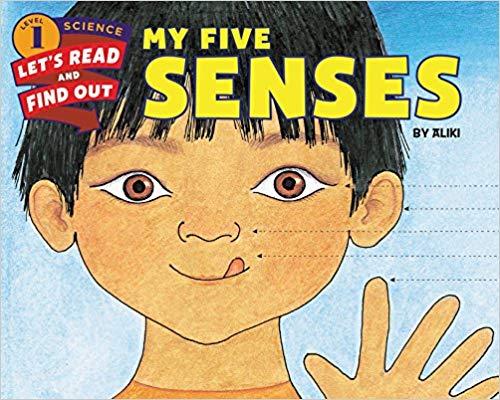
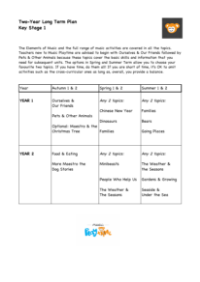
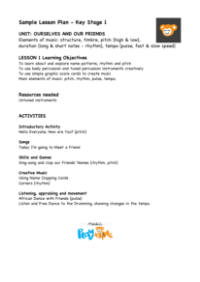
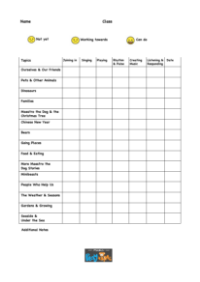
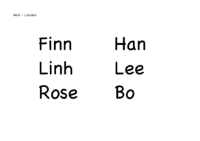
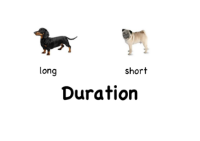
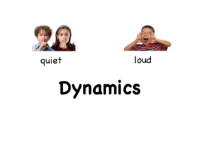
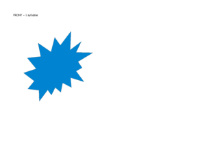
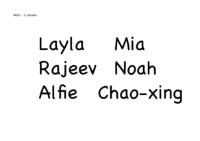
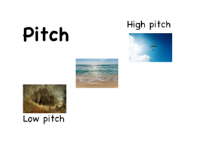
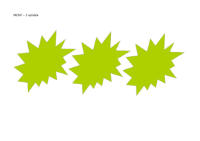
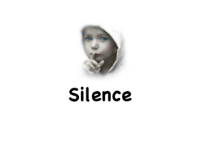
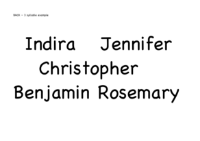
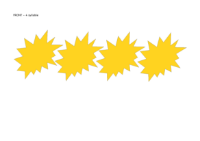
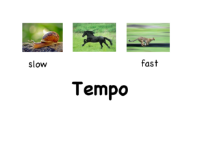

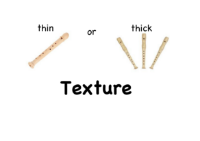
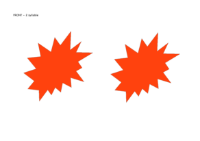
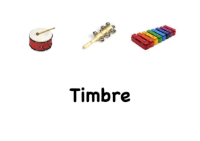


Hello Everyone at Forton School! (pitch, structure)
Meet the Key Stage 1 children of Forton School! Singing makes a good starting point because it's a core activity in music and a useful vehicle for teaching important skills such as tapping a pulse and clapping a rhythm. This was our very first song in the very first session and there were one or two things to sort out - keep watching because there's a huge transformation! Some of these children have potentially good voices, as you will hear once they understood what was needed.
My main priority was to establish how to sing with a good sound, using Mrs Crocosaurus's advice. The song is called Hello Everyone and I'm teaching it using First Me, Then You. Simply asking kindly for singing that is in tune and not too loud brings about a huge difference that I'm able to praise! Similarly, when we were tapping the pulse on knees, I asked the children to keep in time with me - and they did. Asking children to watch helps them to co-ordinate their movements with what they see, and to associate the movements with what they hear.
- Hello everyone, how are you?
- Hello everyone, how are you?
- Hello everyone, how are you?
- How are you today?
Hello Everyone, with Actions (structure)
Doing More Actions
The children can learn about the structure of the song by doing actions, or a dance, to it. Doing a different movement to each line of the song helps the children to understand the four-line structure, and also that each action may be done four times to go with the pulse and with the length of the phrase. The children need to be in pairs, in a circle, facing their partner.
- Hello everyone, how are you? - shake hands with your partner (4 shakes)
- Hello everyone, how are you? - 4 pat-a-cakes with your partner
- Hello everyone, how are you? - Shake hands with your partner
- How are you today? - wave to your partner (4 movements)
Alternative Actions
Divide the class into two halves (you don't need exactly equal numbers). Either outside or in the school hall, Group 1 stands at one end of the space, facing Group 2 at the other end.
- Group 1 sings - Hello everyone, how are you? - wave to Group 2
- Group 2 sings - Hello everyone, how are you? - wave to Group 1
- Everyone sings - Hello everyone, how are you? - clap in time
- Everyone sings - How are you today? - bow to the other group
Help a Friend Day (PSED link)
You could have a day when every child is allocated a particular friend or family member to help for the day. Then you can sing this song to the same tune as Hello Everyone:
- Hello everyone, how can I help?
- Hello everyone, how can I help?
- Hello everyone, how can I help?
- How can I help today?

Introducing Luchia, our singer!
I'd like you to meet Luchia Law next, the singer on virtually all the solo audios. Here she is performing Button Factory Joe and, in case you are wondering how she can do all those actions at the same time, you may like to know that Luchia is also a dancer! Most of the songs lend themselves to mime, which you can see Luchia doing here. Mime is great fun, it helps with understanding the meaning and character of a song and the children can do it with, or without, singing the words.
Button Factory Joe Activity
Children love to learn to say this, along with doing the actions - they could make a start by watching the video and copying the actions. You may need to bring to the children's attention that Luchia is saying the words and doing the actions in time with the pulse of the music, introducing the phrase, 'backing track', meaning pre-recorded accompaniment.

Left, Left!
A chant for remembering left and right, and for practising walking in time. This chant was taught to me by a childhood friend, Ann and we used to chant it while walking to school! The children could first practise copying you as you walk in time saying the words and it's a good rhythmic chant to do outdoors as a playground game or PE warm-up. As you will see from the video, it's a bit of a challenge for some children (and teachers!). Try it in the playground, first on the spot with your back to the children, and then walking in a line, keeping the children spaced out so that the can see your feet.
- Left, left
- I had a good job and I left
- I left because I knew it was right
- Left, right, left
Today I'm going to Meet a Friend
This is sung to the tune of Here We Go Round the Mulberry Bush. Even if the children are familiar with the tune, you'll to teach it using Firstme, Then You as in the Hello Everyone Song that I demonstrated in the Introductory Activities section. It's important to listen to whether the children copy the pitch correctly - if they don't, just ask them to really listen and match their voice to yours and they will soon improve. Many children have never been asked to sing in tune and the concept may be new to them.
- Today I’m going to meet a friend
- Meet a friend, meet a friend
- Today I’m going to meet a friend and
- We’ll be friends together.
- Today I’m going to play with my friend
- Play with my friend, play with my friend
- Today I’m going to play with my friend and
- We’ll be friends forever.
Extension - knee tapping
This is a good song for tapping on knees in time to the pulse, which can be done either sitting on the floor or sitting on a chair. Tap on the strong beats, like this:
- To-DAY I'm going to MEET a friend
- MEET a friend, MEET a friend
- To-DAY I'm going to MEET a friend
- And WE'LL be friends to-GETH-er

Find a Friend!
This song has the same tune as This Old Man. The words, They'll be good to you have next-door pitches, moving higher note by note (a scale) so they are a bit tricky to sing in tune. You'll probably need to teach this line slowly and ask the children to listen carefully to whether their voices are finding the right notes.
- Find a friend, say 'Hello!'
- Help to make your friendship grow
- Be good to friends, and they’ll be good to you
- Find new friends, keep old ones too!

General Behaviour Management in Music
Music, obviously, is all about making sounds, not about keeping quiet, so things could get a bit too noisy if we don't establish some music-specific rules. I expect everyone to join in eventually but I try to be sensitive to the fact that not all children are confident with their voices - after all, they are still 'growing' them! Moving to music is also a relatively new skill for children. In terms of talking, we do need to talk about music. With a large group, I like discussion but I explain that's it's not polite to speak when anyone else is talking, and I ask for 'hands up'. In a small group, I mostly tell the children they are free to ask and answer questions without putting hands up - I prefer a conversational working atmosphere.
Starting to Use Instruments
It's possible that some of the children may not have used musical instruments before and they will be very excited when you first let them loose with them! You'll need to establish, in particular, a rule for when to stop playing and put the instrument down. My rule is very simple - when I put my hands in the air, the children put their instruments down and copy me.
Help With How to Play Instruments
Children need help with how to play the instruments. If you experiment with the instruments before using them with the children, you'll be better placed to show them how to get the best sound. Then the children need to explore the instruments, to discover what they do. Here, one of the children had chosen to use the djembe drum and I'm explaining how to play it:
'Body' sounds and 'Found' sounds
Voices and body sounds such as clapping hands and tapping on knees are the most natural ones and we can do lots of great work just with these, which can later be transferred to untuned and tuned instruments, or as a basis for starting to use technology .
Your Sing-Song voice
You need to use your sing-song voices for the next activity Here's an explanation:
Our Friends' Names (rhythm, pitch)
Everyone sits in a circle. The teacher 'sing-songs' the name of each child, and all the children sing it back. Next go round the group again, singing each name and, straight after the children have sung it back, clap the rhythm made by its syllables. The children clap the rhythm back:
- Jon-a-than (clap clap clap)
- Andrew (clap clap)
- Tom (clap)
Roll the Ball Names (rhythm, pulse)
You need a big, soft ball for this game. Practise name-singing and clapping until the children understand and can join in successfully. Next, everyone sits in circle. Roll the ball towards any child; everyone sing-songs that child's name and then claps it. The child rolls the ball back to you and you roll it to the next child. Aim to keep going with a steady pulse (no waiting in between rolls of the ball and no rushing) until every child has had a turn.
Chrome Music Lab Names
Chrome Music Lab is such a great introduction to music technology that you'll want to use it again and again - oh and you might let the children have a go too! In small, supervised groups, the children could experiment with Chrome Music Lab to invent their own name 'signature tune'. They need to be able to say, rhythmically, My name is Flo-rence (or whatever it is) then input that many blocks - five in this example. To save each name tune, click the SAVE tick (bottom, right corner) and then click DOWNLOAD WAV. Here's my name tune, to the words, My name is Sandy:
My Chrome Music
Chrome Music Lab is so simple to use and, amazingly, it's free! The children can create longer pieces of music which you can save as mp3 sound files like the one below. They can also download graphic scores of their music for you can save. You can even produce a conventional music score if you download the midi file. It took literally a few minutes to create this music:
This is the graphic score for my music

Access Chrome Music Lab here:
https://musiclab.chromeexperiments.com/ then click on the first box.



Friends' Name Clapping Cards (rhythm, pulse, structure)
Clap a Name (rhythm)
Beforehand, print out the Name Clapping Cards. First, practise - the teacher sing-songs and claps any child's name, then holds up the corresponding card with the right number of shapes while the children copy the clapped rhythm. (eg Sa-cha has two shapes, Jay has one).
If you have printed out a set of cards for each child, the next game is for you to clap the rhythm and for children to hold up the card they think goes with it. An alternative, should you be in circumstances where it is safe to do so, is to put one card in each corner of the room - the children go from corner to corner as you tap each name pattern on a drum.
Name music (pulse, structure, tempo)
You need a big space for this activity, such as a school hall. With the children divided into small groups, put a set of Name Clapping Cards out for each group, in a line, in any order. The children make up body percussion (actions-with-a-sound) to go with the number of shapes (Jump once for one, stamp twice for two, and so on). Repeat the pattern with a steady flow of sound, then try it quicker, then try slower.
Instrument Name Cards (rhythm, timbre, structure)
I like to have interesting instruments if possible, such as the World Rhythm Pack made by Percussion Plus. You need an untuned percussion instrument for every child so, if you don't have enough, home-made ones are fine, such as claves (which are actually just pieces of wood to hit together!). First explore the instrument names with the children, identifying those that have the same rhythm eg drum and claves (one syllable), chime bar and wood block (two syllables), tam-bou-rine and tri-an-gle (three syllables).
Now the children, in their groups, use instruments instead of body percussion. Each child plays their instrument in the order in which you put the cards. You will need a way of keeping the playing steady; it will sound much better if you say the words and keep a steady pulse yourself, on a drum. This is possible example of what a group of four might play first:
- claves = 1 sound
- chime bar = 2 sounds
- tam-bou-rine = 3 sounds
- fin-ger cym-bals = 4 sounds
Then you can mix up the order of the cards. The children might play this instead and you can ask them which order they preferred:
- chime bar = 2 sounds
- tam-bou-rine = 3 sounds
- fin-ger cym-bals = 4 sounds
- claves = 1 sound
Two Bits of Advice for Using Instruments!
Minimise Sound levels
Establish sensible sound levels - a whole class of children playing instruments can reach a decibel level loud enough to cause hearing damage. Have groups of children working either at different times or as far apart as the room allows - distance mimimises the effect of noise levels so use the school hall, if possible, for group instrumental work within a whole class situation.
Put It All Away
Always allow time for the children to tidy up. This can be fun if you teach a little tidying-up song. In this video I see that not everyone is singing to begin with - it was the first time the children had used these instruments and they were more fascinated by them than by the song - but they are still listening and learning, which is clear from the many times we subsequently used the put-it-all-away song.
Time to Tidy Up!
The children taught me the song they already knew about tidying up! The tune is catchy but actually it's quite a difficult one for children to pitch accurately so, if you choose this one, you'll need to spend a bit of time teaching it a line at a time using First Me, Then You. I made a recording (below the video) to help you to learn it.

African Dance with Friends (rhythm & pulse)
Traditional African dances are led by drums and other percussion instruments. The dancers move in a big circle and the drums tell them what to do by changing from one pattern of sound to another.
Listen and Dance to the Drumming
The children could listen carefully first and put hands up when they hear a change in the drumming then dance freely, changing what they do if they hear the drumming change.

Market Dance (rhythm, structure)
This activity is easier if there are two teachers available, one to organise and demonstrate and the other to play the drum. First you need to teach the actions:
- walking in a big circle
- roly-poly hands above heads.
The Market Dance is danced in a big circle, accompanied by the teacher playing a drum. The best sort is the djembe drum (as in the picture), played with the hands but, if you don't have one, you can use any other sort of drum. Play the rhythm of the words as you say them in your head:
I WENT to buy a BIG blue hat, I WENT to buy a BIG blue hat … over and over again.
This rhythm means 'dance along in time'. The children dance, or walk, round in a big circle. Every so often, give a signal such as blowing a whistle (pre-agreed with the children) that they should stop because you are going to change to a different rhythm. Now play the rhythm of the words:
Diddy DUM, diddy DUM, diddy DUM, diddy DUM ... over and over again.
This rhythm means stand still and do roly-poly hands above your head. After a while, blow the whistle and start the first rhythm again, and so on.
Extension: You could introduce another instrument such as the tambourine, and a third action - maybe sway from side to side.

In Praise of Visiting Dance Companies
I learned the Village Dance during a professional development weekend in an unforgettable session with an African dance company called Lanzel. I later had this company deliver a session at the school where I worked and it was brilliant. It's difficult to over-estimate the value of visiting specialists and I recommend that you organise events like this as often as your budget allows.

A Poem for Mrs Crocosaurus
... and a fascinating account of the history of the poem by the author, Christine F. Fletcher.
- If you should meet a crocodile
- Don't take a stick and poke him
- Ignore the welcome in his smile
- Be careful not to stroke him
- For as he sleeps upon the Nile
- He thinner gets and thinner
- And whene'er you meet a crocodile
- He's ready for his dinner

Our Five Senses (Science link)
Provide experiences for all five senses
Hearing: Go on an outdoor listening walk and record some sounds. Play them when you get back and guess what they were.
Taste: Bring in culinary items for tasting (parental permission and advice about allergies essential) in the complete range of flavours e.g. :
- BITTER – Kale, collards, mustard greens, parsley, endive, celery, arugula, grain beverage
- SALTY – Sea salt, tamari, miso, sea vegetables, sesame salt, umeboshi plum, pickles
- SWEET – Corn, cooked onions, squash, yams, cooked grains, cooked cabbage, carrots, parsnips, fruits
- SOUR – Lemon, lime, sauerkraut, umeboshi plum, fermented dishes, pickles
- PUNGENT – Ginger, garlic, raw onions, white radish, red radish, scallions, wasabi, spices
Touch: Set out a Touch Table behind a screen. Children have to identify a range of items by touch alone, with eyes closed.
Smell: Set out a Smell table behind a screen. Children have to identify a range of items by smell alone, with eyes closed.
Sight: A supervised, group experiment showing how two eyes help you better judge where objects are.
For the Sight activity, you need:
- Five coins
- Small paper cup or rinsed-out yogurt cup
- A table where two children can sit
What to do
Put a cup on the table in front of you, about 60cm away from your partner. Ask your partner to close one eye. Hold one of the coins in the air above the cup and move it around slowly.
Tell your partner that you'll drop the coin whenever he or she says, "Drop it!" The idea is for your partner — with one eye closed — to judge when the coin is over the cup so the coin will drop into the cup.
Give your partner two tries with one eye closed, then two tries with both eyes open. Which way worked best?

Book suggestion: My Five Senses by Aliki ISBN 006238192X Publisher Harper Collins



















